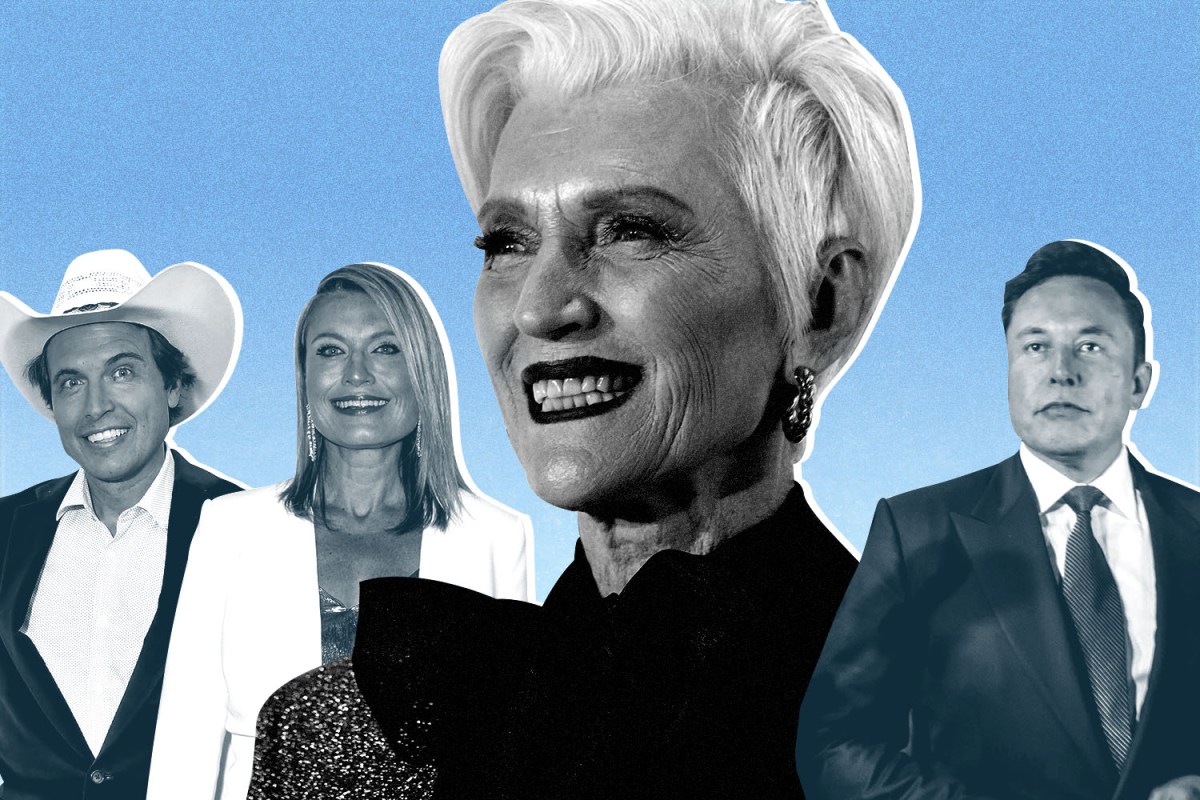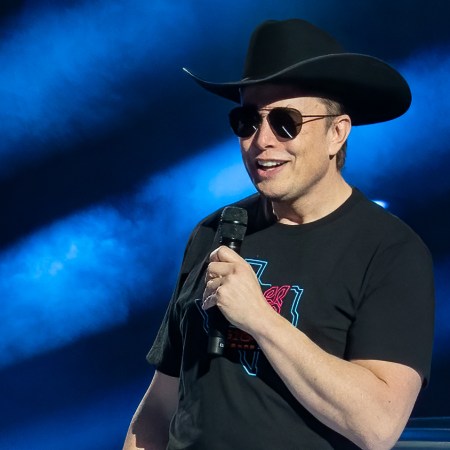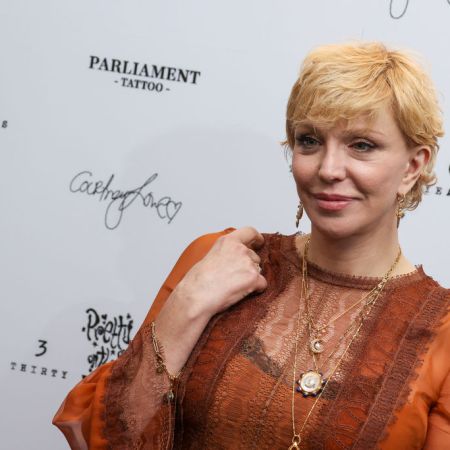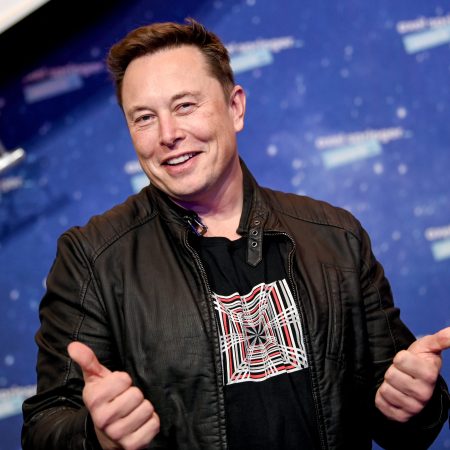Until now, there are two ways that graceful, silver-haired model and dietitian Maye Musk’s story has typically been told. The first is the story of the success she’s maintained as a 71-year-old model landing a CoverGirl campaign and walking the runway at New York Fashion Week. The second is as an accessory to her oldest son, noted tech man, SpaceX and Tesla C.E.O., and on-and-off-again boyfriend of 2010s synth-pop artist Grimes, Elon Musk. (Grimes recently confirmed that she’s pregnant, though it’s not clear Musk is the father — the two were first linked when they attended the 2018 Met Gala together, and were last pictured together at a Christmas party with Kim Kardashian in December.) Sometimes the stories overlap (“The model, 70, and mother of Elon Musk, talks about female confidence, ageing and how she taught her children to be considerate to others,” wrote The Guardian in 2018).
What Musk addresses in some interviews but has gone largely unexamined is how she was not only able to leave an abusive marriage with three small children in tow, but also raise them to become, respectively, a tech entrepreneur, a restaurateur-philanthropist and a director-producer. (Unless you’re heavily invested in the food-tech space or you care deeply about movies adapted from romance novels, you may have never heard of Elon Musk’s siblings. In which case: welcome.) Published last month, Musk’s new memoir A Woman Makes a Plan: Advice for a Lifetime of Adventure, Beauty and Success, is not her first book — the dietitian has written two books about nutrition — but it helps explain the dynamics at play within her family. But before you really dig into Musk family values, you have to understand the life Maye Musk has lived.
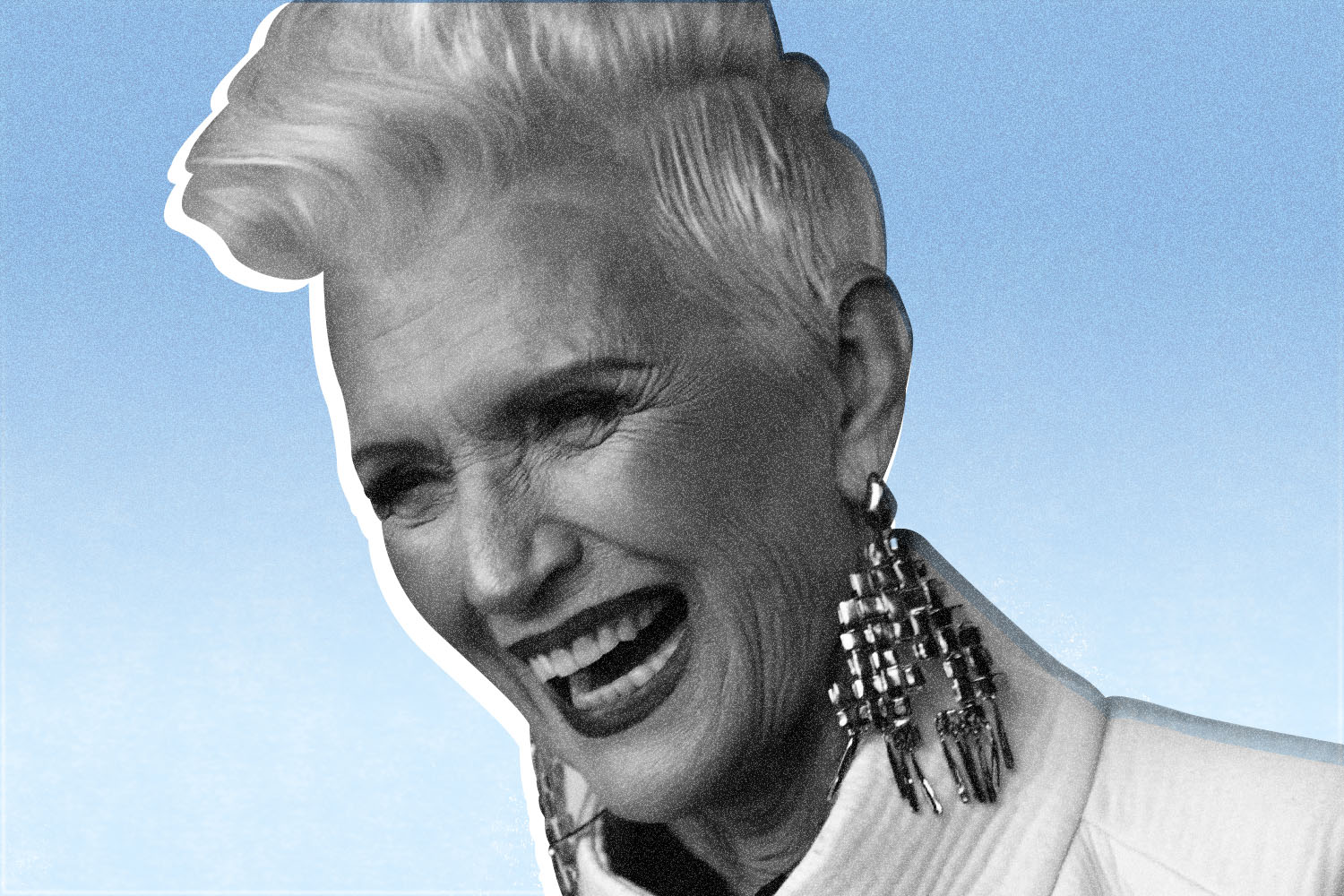
Maye Musk: The Matriarch
When Maye Musk was a child in 1950, her parents packed up her and her four siblings (Musk has a brother, Jerry, who her father had from a previous marriage; then there was her older brother Scott, her older sister Lynne and her twin sister Kaye) and moved the family from Regina, Saskatchewan, to Pretoria, South Africa. It was from there that her parents, Winnifred Haldeman and chiropractor Dr. Joshua Norman Haldeman, would pack up the family for such fantastical adventures as roaming the Kalahari Desert in search of the fabled lost city of Kalahari or flying a prop plane from country to country (years later, Dr. Haldeman would die in a plane crash with Kaye’s husband). Musk did not by any means have what one would consider a typical upbringing. At the age of four, she writes, she and Kaye would walk to school by themselves. Musk casually recalls encounters with a lion in the African wilderness on a family trip across the desert, and wading into the Okavango River to fetch a downed guinea fowl that her brother had shot, only to accidentally step on a crocodile in the process of leaving the river (“It was very startling, but I’m still here, so it turned out all right”). “I certainly learned that I don’t need comfort,” she writes. “You can do with very little.”
Something that goes undiscussed in the book but is perhaps relevant to Musk’s charming upbringing in South Africa in the 1950s and 1960s is apartheid. In fact, Musk doesn’t address it once. The closest she comes to acknowledging her cultural surroundings is when she speaks of the difficulty of having to learn Afrikaans in college. The entire premise of Musk’s book centers around life advice and the importance of having a plan in life, and she addresses more than once the idea of working hard to make your own luck. (“My family and friends have seen how hard I’ve worked and my struggles, and they wanted me to share them in my book,” she writes. “None of them has said I’m lucky. It may look like a huge stroke of luck to be on a billboard in Times Square. And it is! But you have to work hard to make your own luck.”)
But privilege and power dynamics go wholly unnoticed in the book; when she talks about her early days of modeling, she speaks matter-of-factly about her experiences, but in a way that lacks introspection and downplays the inevitable privilege she had growing up white and relatively well-off in apartheid South Africa. “I didn’t feel special or privileged about being a model. It was just a job,” she writes. “It was better-paying than other jobs, which was nice, but when I found that out, it surprised me. You went somewhere, you put on a dress, you walked around the room, you went home. Why would that be well-paid? But it was, especially for a girl my age.”
This isn’t to say Musk’s life was easy. After graduating with a degree in dietetics (and doing some modeling work), she got married to a controlling boyfriend in a double-wedding with her sister and her sister’s boyfriend. She had three children with Errol Musk, an engineer who was physically, financially and emotionally manipulative and abusive. She worked for Errol, doing his accounting and typing up his engineering work. On the side, she had a small nutrition practice. She and Errol conceived Elon on their honeymoon, and eventually had three children in three years: after Elon came Kimbal, and then Tosca. But for a time, Errol cut Maye off from her family, forbidding her from seeing them. He’d abuse her if she so much as spoke to a man, even for work.
Eventually, she divorced Errol, moving with the children to the city of Durban. There, she set up a new dietetics practice, and though she found clients, the family lived hand-to-mouth for years. This would repeat itself a few times throughout her children’s childhood: as she tells it, they lived in small quarters, scrimping and saving, eating peanut butter sandwiches and bean soup for meals, and then they’d all relocate to a new place. Musk moved her children across South Africa. By 1989, her children were older teenagers and young adults, and she moved with them to Canada, where she had citizenship. And once her sons had established themselves in the United States as entrepreneurs, she followed them there, bouncing back and forth between New York and California. At one point, in Canada, Maye worked five jobs: she taught at a nutrition college, was a research officer at the University of Toronto, moonlighted at a modeling agency, gave talks about nutrition and ran her own private nutrition practice.
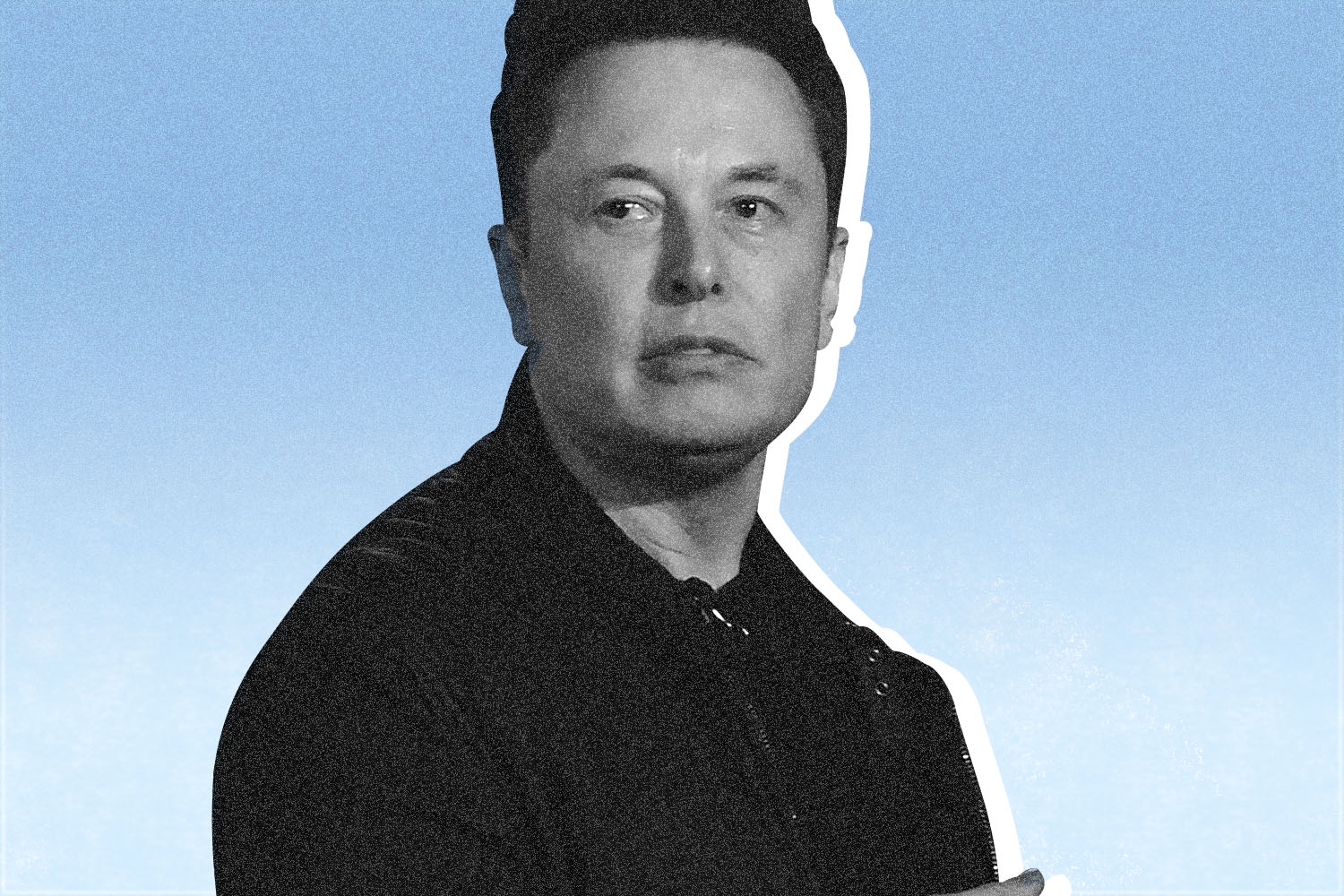
Elon: The Leader
Once you understand the conditions under which Maye Musk had to raise her children, you can begin to understand her children’s respective roles in the family, and why the Musk children are they way they are. Perhaps you care most about Elon, which makes sense. He’s the most public-facing Musk child, the CEO of two giant tech companies, and simply cannot stop putting himself in the press. Elon, the firstborn, likely has the most memories of his parents’ relationship. By Maye’s account, he played an active role in trying to stop his father from abusing his mother. “I remember that Tosca and Kimbal, who were two and four, respectively, would cry in the corner, and Elon, who was five, would hit him on the backs of his knees to try to stop him,” Maye wrote. “I was relieved that he stopped when they were young enough that they might not remember.”
Elon, along with his siblings, had a reciprocal relationship with their mother: she was their caretaker, but they also each took turns caring for her and generally looking out for the family. “As children, we had to take responsibility for ourselves, which was unusual, even for the time,” Maye wrote of her own upbringing, explaining how on a prop-plane trip across Central Africa, her parents brought her brother Scott, who during stops in Zanzibar and Nairobi was allowed to roam the streets alone as a child. Maye handed down that sense of autonomy to her children, who by virtue of living with a working-class single mother helped fend for themselves and for her, too. “I brought my children up like my parents brought us up when we were young: to be independent, kind, honest, considerate, and polite, to work hard and do good things. I didn’t treat them like babies or scold them,” she wrote.
Elon’s decision-making also often shaped the choices the rest of the family made. When he was a teenager, he wanted to make a radical change: moving to Canada. “He felt like North America was the right place to pursue his computer interests,” she wrote. “He asked me to apply to regain my citizenship so the three kids could all get citizenship.” The entire family took French classes, and eventually, they got their passports. Three weeks later, Elon was on his way to Canada at 17 years old. He arrived alone, with $2,000 in his pocket given to him by Maye, and established a home base in Ontario for the rest of the family, who would join him sooner than they’d expected.
Similarly, when Maye wanted to write her first book about nutrition, Feel Fantastic, Elon essentially told her how to research the book, and she listened to him:
Elon started reading it, and he said, “This is boring.” I said, “What do you mean?” He said, “Why are you seeing twenty-five clients a day? What do they want to know?” I said, “Well, they’re coming to me for nutrition advice.” “Then that’s what you put in the book,” he said. Even at that age, he showed his wisdom. So I listened to him. From then on, every time a client came to see me, I would tell them I was writing a book and ask if I could take notes at our sessions. I had help from everyone. Kimbal edited my first book five times. Tosca said she did it six times.
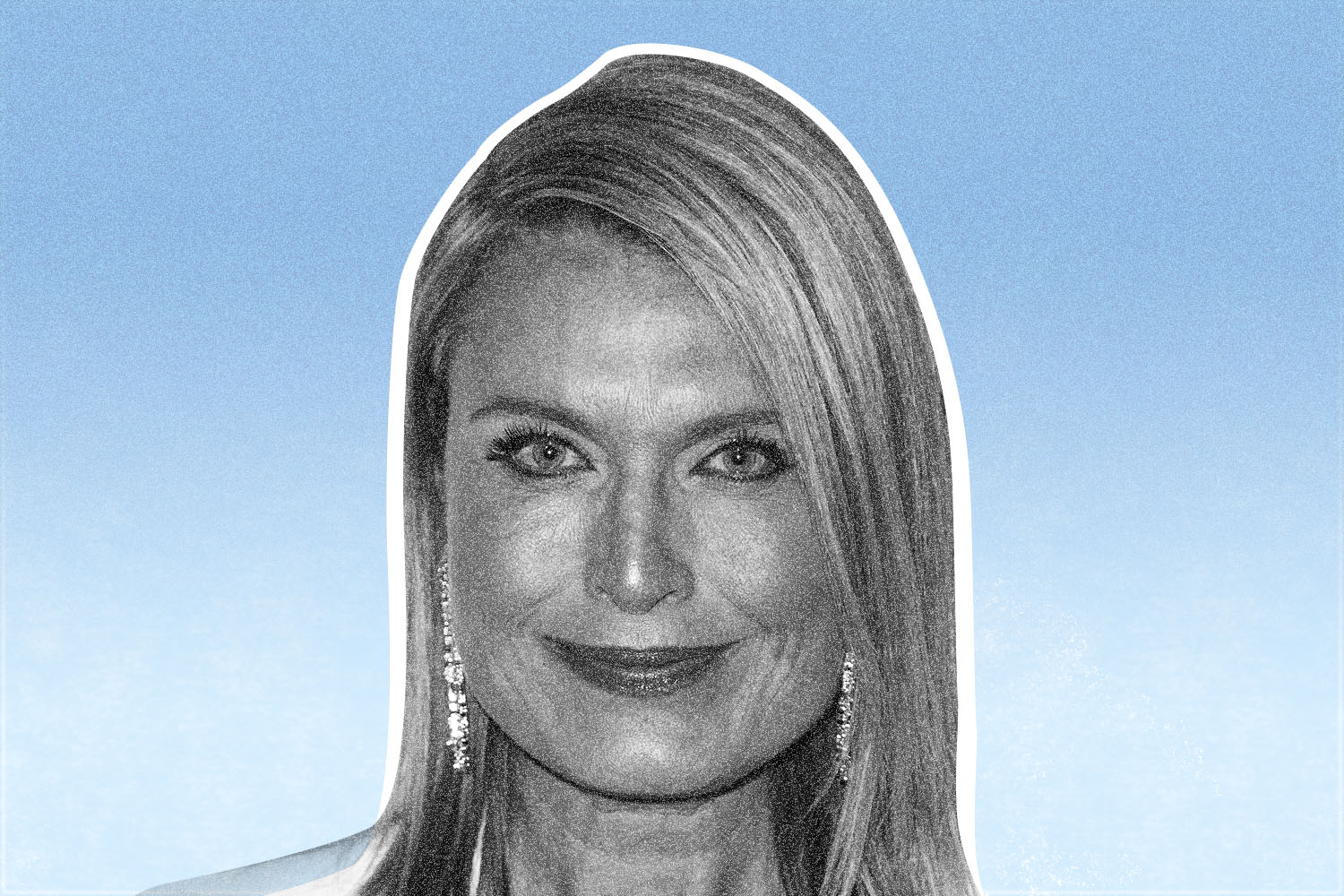
Tosca: Maye’s Shadow, And a Secret Planner
Tosca Musk has executive-produced a slew of Hallmark movies and founded a romance-novel-turned-movie streaming service called Passionflix. The youngest of Maye Musk’s three children, Tosca cozied up to Maye, helping her with her modeling work or just hanging out at home on a Friday night. “When we were living in Bloemfontein, I put Tosca to work at the modeling and image school I was running. She taught students how to walk, choreographed runway shows, and ran etiquette classes. She was a dresser for all my shows,” Maye writes. “She was around eight years old at the time.”
But she also, like Elon, made plans on her mother’s behalf, stepping into a pseudo-parental role at a young age. After Elon moved to Canada, Tosca had a conversation with her mother:
Tosca, who was going on fifteen, said to me, “Maybe we should join Elon. Go and see what he is doing.” But I had been accepted to the University of Cape Town for my PhD. I said, “I’ll do my degree here, and we can go after that.”
Maye went to Canada to visit Elon, and to see if she could find a university to hire her. When she got back to Johannesburg three weeks later, she was surprised by what she saw. “I found that Tosca had sold my home, my furniture, and my car. This five-foot-ten fifteen year old who did not care that she was young and had no permission just sold it all. Everything in the house was gone. And my car,” she writes. “All I had to do was sign the papers, and it was done. We left the country a few weeks after that. The plan was Kimbal would finish his studies and then join us.” And why wasn’t Maye upset that her teenage daughter had made these life plans on her behalf? “Well, she had a point. We had discussed moving to Canada eventually; she just wanted to speed up the process,” she writes.
When Tosca and Maye moved to Toronto, they split a one-bedroom apartment with Elon. Elon slept on the couch, and Maye and Tosca took the bed. Unused to cold winters, they borrowed decades-old coats from Maye’s Canadian mother and sister. Tosca was, like her mother, incredibly autonomous and independent from her teenage years on. Maye immediately dove into her work at the University of Toronto, leaving Tosca to leaf through a pile of brochures and choose a high school for herself. Bored after school, she went to a nearby hamburger place and asked for a job, working her way up the ranks there, then eventually switching jobs to work at a high-end supermarket closer to their condo. “She’s a brilliant negotiator now,” Maye writes. “And she’s fair to everyone who works for her. She appreciates people with a work ethic who work long hours.”
She later pursued IVF and had twins herself, following Maye into single motherhood.
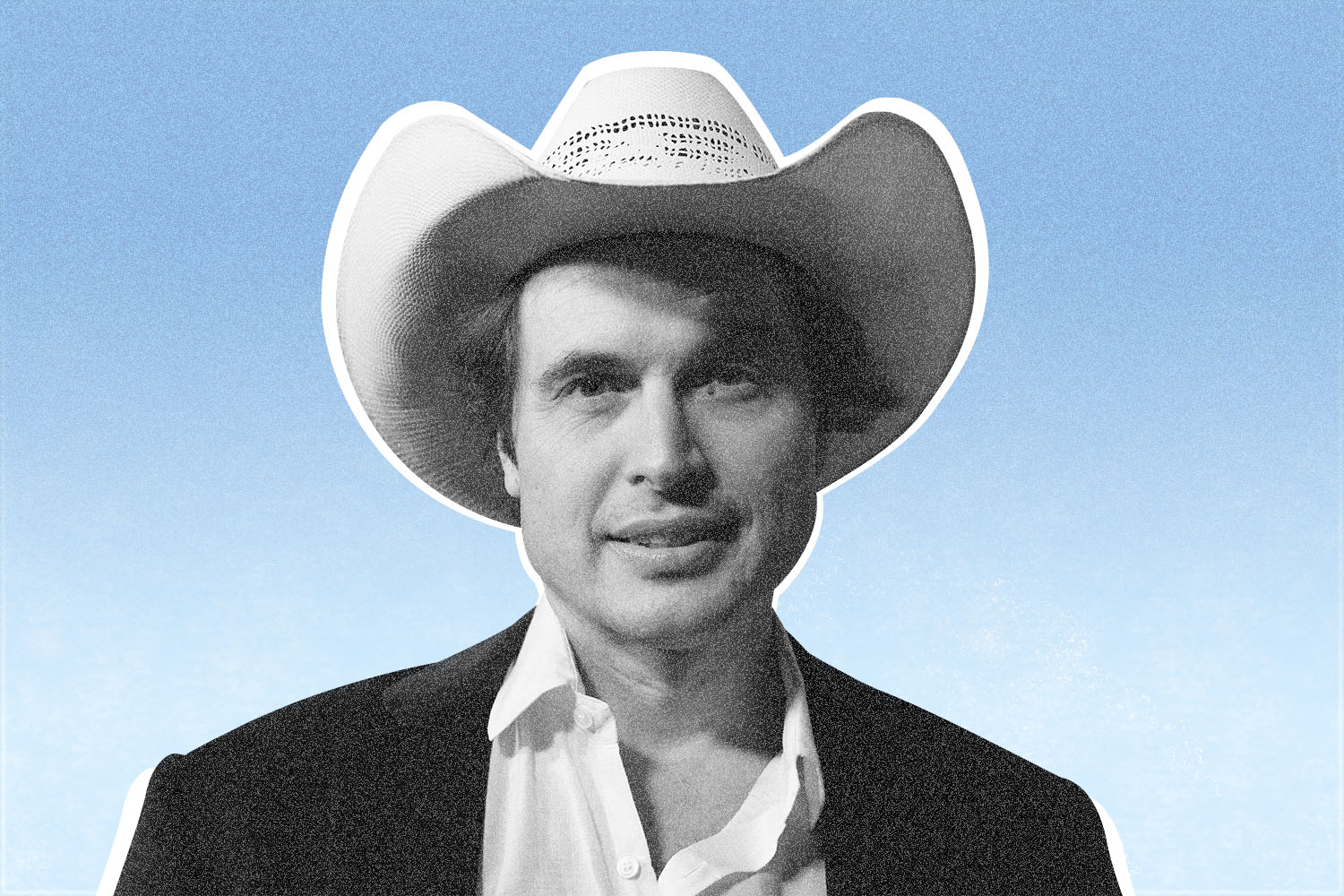
Kimbal: The Quiet One
It feels appropriate to list Kimbal last because, in typical middle-child fashion, he is posed in his mother’s book as an afterthought more than once. “From a young age, the kids helped me with my nutrition business. Tosca would go into my office and type up letters to doctors on a word processor. She would add the doctor’s name and address and basic greetings as well as the patient’s name, and I would then fill it out with their consultation and possible outcomes. Elon was very good at helping to explain the word processor functions to me, but surprisingly!” she writes. “Kimbal was always helpful, too.”
If Elon was the leader of the family and Tosca was both assisting Maye with work and guiding the family in making dramatic life changes and transactions, Kimbal was a complement to Maye’s homemaker abilities. He picked up the slack in cooking, specifically:
When Kimbal was little, he always loved his food. It was when he was twelve that he took charge of mealtimes and started cooking for the family. He wanted food that tasted delicious, and if he had to do it himself to achieve that, he was willing. He loved to go to the grocery store with me. I remember going to the market with him, and he would pick up a green pepper and smell it. And I would say, “Where do you come from?” I didn’t find cooking a joy at all. Kimbal would pick up all these new vegetables that we had never seen before, and he would cook with them. When we moved to Toronto, he taught Elon how to prepare gnocchi Alfredo with crab so he could cook for any girlfriends.
Kimbal, whose jobs ranged from tech entrepreneur to restaurateur to a non-profit and food-tech careerist, followed in Elon’s footsteps to venture into tech once the family unit landed in North America. “Kimbal was working in Toronto and using my office phone to talk to Elon every day. After the phone bill came in at $800, I told him that he should go and join Elon in Palo Alto,” Maye writes, a slight indication that Kimbal is the only Musk child who Maye provided guidance to, and not the other way around. “So he moved to Silicon Valley to try to launch their first technology company at the start of the internet boom.” Maye visited the boys every six weeks, buying them food, clothes and furniture while they got their business — a software company at the beginning of the dot-com bubble called Zip2, which provided and licensed online city-guide software to newspapers — off the ground. At one point, they ran low on funds, and Maye gave them $10,000 to keep the lights on.
Kimbal was also a quiet source of support for Maye, specifically in regard to her modeling work. At one point, after the family had moved to North America, Time magazine asked Maye to pose nude:
I called Kimbal and Tosca to tell them about the opportunity. Tosca said, “You don’t do naked.” Kimbal said, “Mom, it’s Time magazine. It’s going to be just fine.” He was right. It ended up being just fine.
Today, Kimbal runs a company called Square Roots, teaching young entrepreneurs to be urban farmers, building gardens in recycled shipping containers in parking lots.
***
The ways in which the Musk children grew up seem to have impacted who they are now as people in ways both obvious and not. Maye herself alludes to this in her book. “My parents’ influence is evident in the lives my siblings and I chose and the way we raised our own children,” she writes. “My father was a scientist and ran a business, and I became a scientist and entrepreneur, and so did my brother Scott. My brother Lee had his own business school in South Africa, then served as a dean and vice-president academic at a large technical institution in Canada. My mother ran a dance school, and my sisters Kaye and Lynne ran dance schools.”
Now all three of her children are entrepreneurs, though that might be where their similarities end. Tosca and Kimbal continue running their own companies, though not in the iconoclastic fashion that Elon conducts himself and his businesses. This dynamic is persistent in the Musk family, too: Elon dictates the family’s activities. The Thanksgiving after Tosca’s twins were born, the plan was to spend the holiday together at Elon’s home. But then SpaceX was launching a rocket, and Elon wanted the family all there. Maye writes:
I got an email the night before to say, “Flights are booked tomorrow morning to fly to Orlando.” You can imagine how frantic we were with all these last-minute travel plans. We had the two babies with us. When we got to Orlando, we all took a bus to the launch at Cape Canaveral. We had takeout turkey with everybody in the NASA building.
Maye’s memoir not only tells the story of how she was raised, but also sheds some light onto the dynamics at play within the Musk family. Each Musk child responded differently to their unconventional upbringing, though one thing remains constant: they each seemed to have not only largely raised themselves, but to some degree, shared a kind of symbiotic codependence with their mother. That the family remains a tight-knit unit despite each child forging their own undeniable version of success is telling: no matter what Elon Musk does next, you can be certain that his mother will remain in the picture, the two of them coolly conspiring together, but never quite letting the rest of us in on their secrets.
This article was featured in the InsideHook newsletter. Sign up now.
